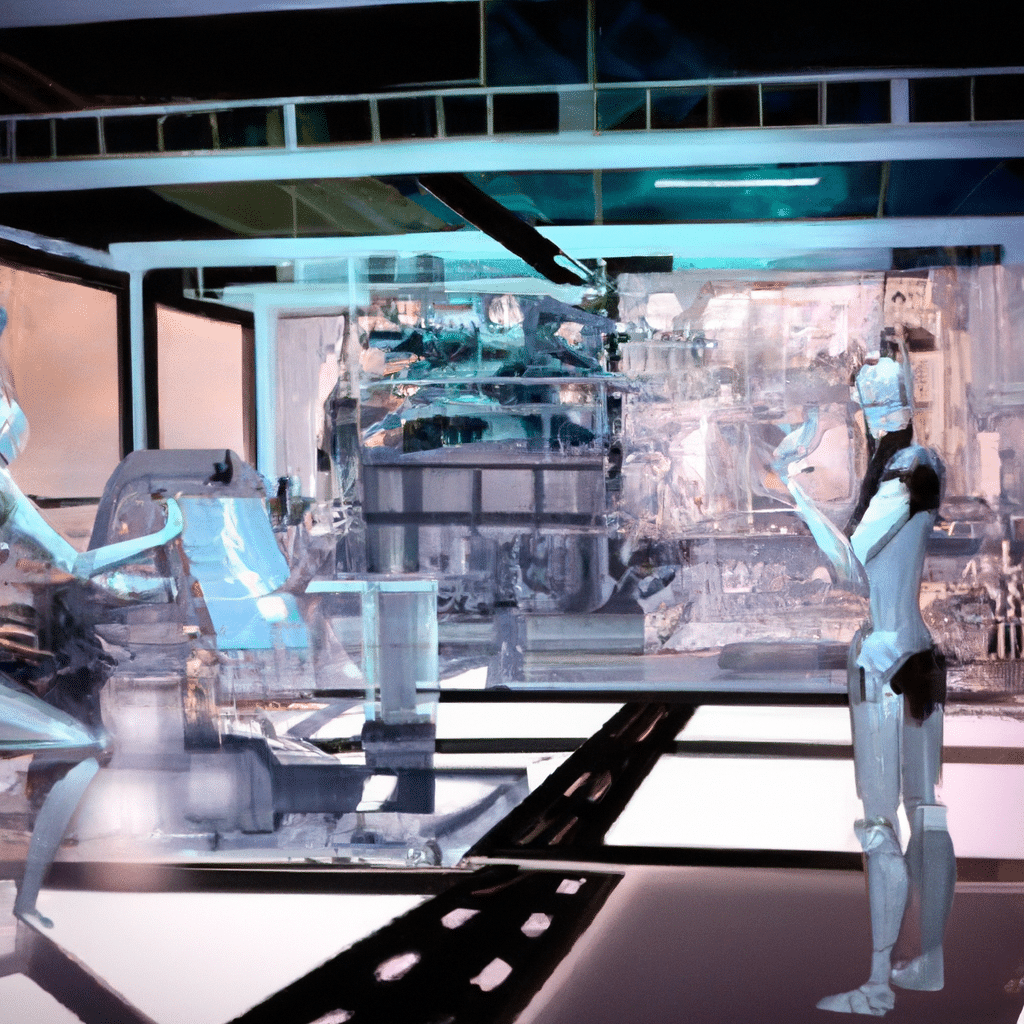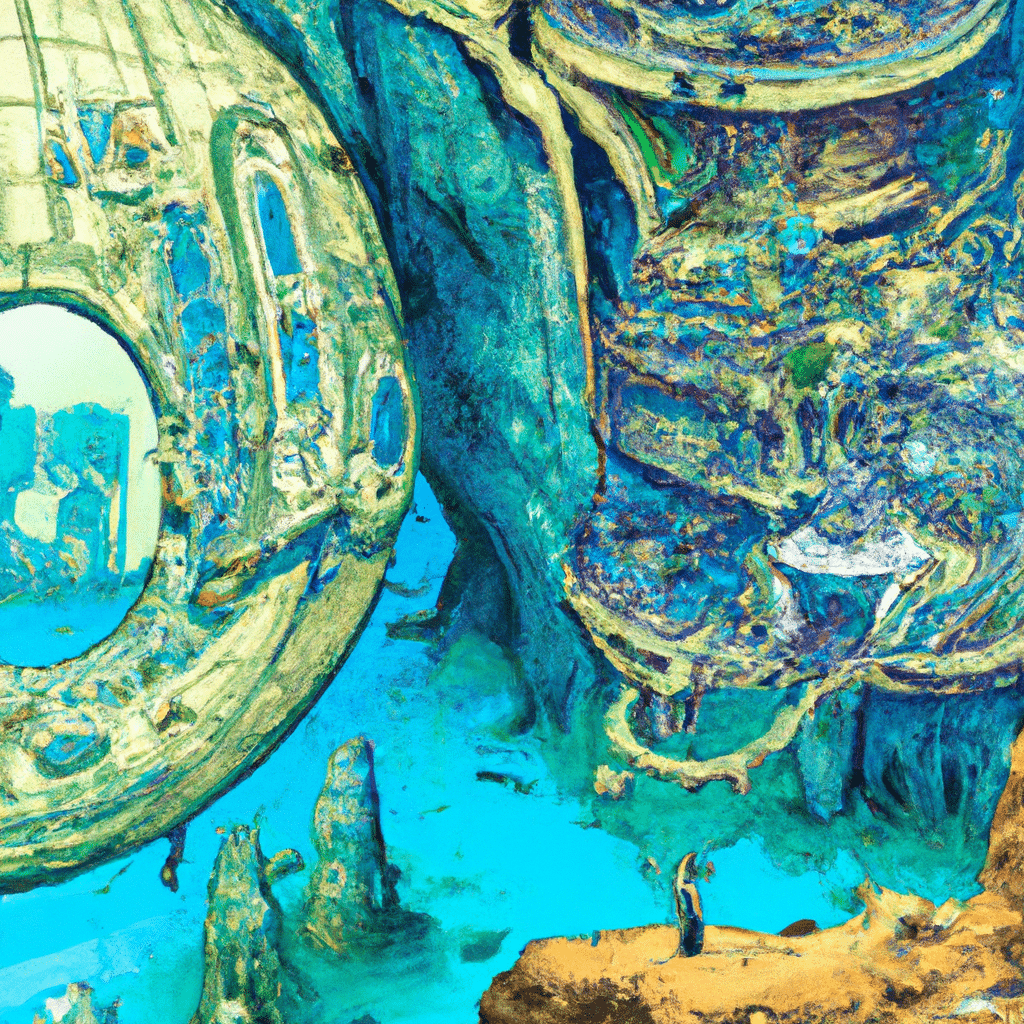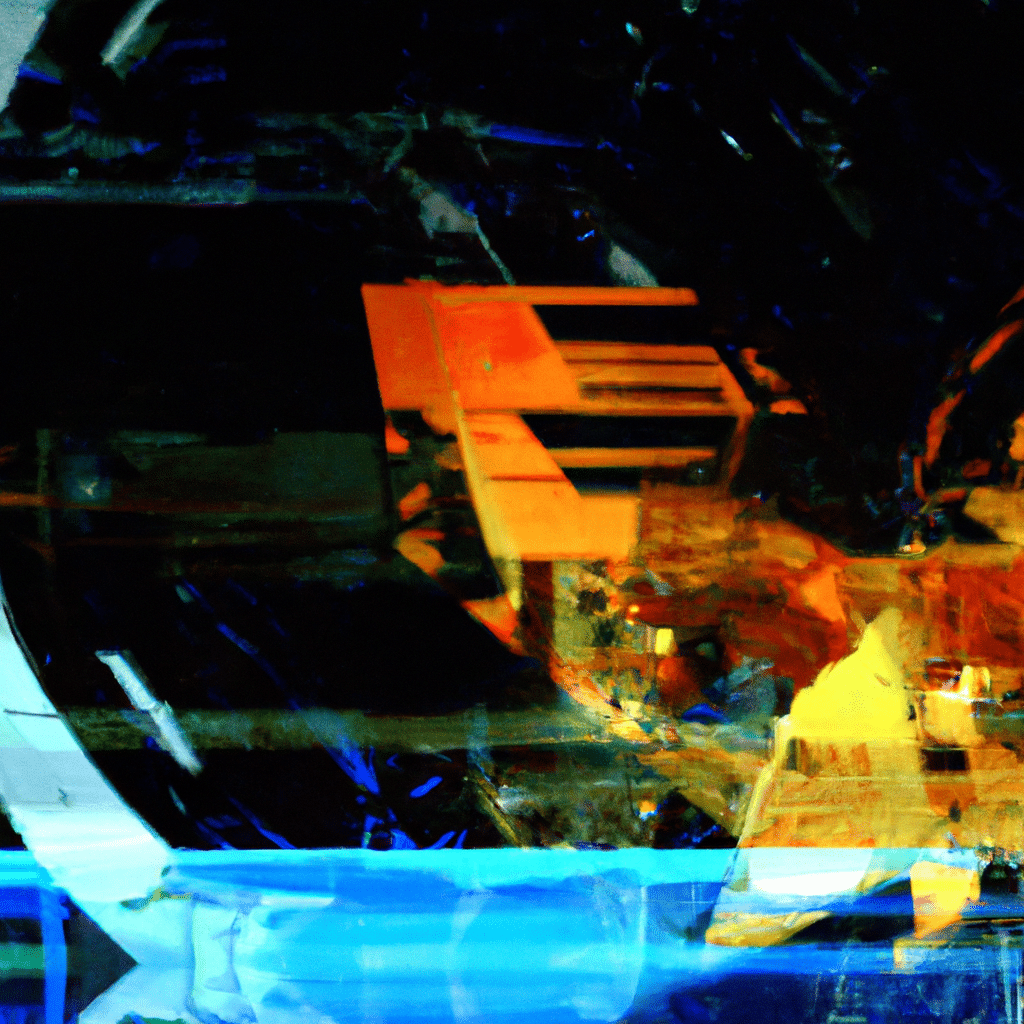Using Language to Design Integrated Circuits: A Smart Move!
Summary:
Master’s students, Irene Terpstra ’23 and Rujul Gandhi ’22, have found a unique way to improve the design of integrated circuits by using language that is understandable to robots. They have developed a system that allows humans to communicate with AI systems, enabling the automation of complex tasks in circuit design. Let’s dive into the details:
1. Language as a Tool:
The duo has leveraged natural language processing techniques to create a language-based interface that enables humans to design integrated circuits using simple commands. This approach aims to bridge the gap between human designers and AI systems, making the process more efficient and accessible.
2. Automation of Complex Tasks:
By making circuit design language-based and robot-understandable, Terpstra and Gandhi have made it possible for AI systems to interpret and execute complex design instructions. This automation of intricate tasks not only saves time but also reduces the risk of human errors, leading to improved circuit designs.
3. Enhanced Collaboration between Humans and AI:
Their language-based approach facilitates effective collaboration between engineers and AI systems, allowing humans to focus on the higher-level design decisions while leaving the execution to the machines. This synergy between humans and AI has the potential to significantly enhance the efficiency and accuracy of integrated circuit design.
Hot Takes:
Terpstra and Gandhi’s innovative use of language to design integrated circuits is a remarkable step forward in the field of AI. By developing a language-based interface, they have made circuit design more accessible and efficient, bringing human creativity and machine automation together. With this collaboration, the future of integrated circuit design looks bright, with faster and more accurate results. Kudos to Terpstra and Gandhi for finding a witty way to communicate with robots and laying the foundation for a promising future in circuit design!
As part of this experiment I would like to give credit where credit is due. If you enjoy these, please take a moment to read the original article:
https://news.mit.edu/2023/leveraging-language-understand-machines-1222
Blog Title
AI: gpt-3.5-turbo-0613: chatcmpl-8Ydxd3jSjm3h4f3GbF3OKGjk120Zd
Instruction: “You are an AI blog title generator. Create a catchy and concise title for the blog post that is catchy and optimized for search engines. Remove all html in the response and do not use quotes. Please do not use words that are unsafe to process in Dall-E image AI.”
Prompt: Content Summary of text from above.
Response: Using Language to Design Integrated Circuits: Bridging Human-AI Collaboration for Efficiency
Image Description
AIgpt-3.5-turbo-0613:chatcmpl-8YdxksoaM3yBj4DdvwoUduHmPGp7s
Instruction: “You are a helpful assistant that creates unique images based on article titles. Create a brief visual description of what an image would look like for this title. Please pick a style of art from the following: Futurism, Impressionism, Romanticism, or Realism, be sure to consider the image should reflect an AI Robot Pirate theme during the Golden Age of Pirates.”
Prompt: For this article titled “Using Language to Design Integrated Circuits: Bridging Human-AI Collaboration for Efficiency,” in the style of Futurism, the image would showcase a futuristic scene of a bustling laboratory where humans and AI robots are working together to design integrated circuits. The lab would be filled with advanced technology, holographic displays, and AI robots floating around, collaborating seamlessly with humans. The image would convey an atmosphere of efficiency and progress, with a futuristic aesthetic that highlights the integration of human intelligence and artificial intelligence in the process of designing cutting-edge technology.
Response: Using Language to Design Integrated Circuits: Bridging Human-AI Collaboration for Efficiency



